The Best Teapot Material for Luxury, Price, and Health
TEATIME NOTES
Find tips, recipes, and articles to increase your delight and enjoyment of tea.
The Best Teapot Material for Luxury, Price, and Health

Everything You Need to Know About Popular Teaware Materials
The best teapot is out there, and we have a summary of different materials to look for when picking out your perfect teapot. Not all teaware is made with the same intentions in mind. And some teaware can be downright bad for your health!
We have the details about what makes each type of teaware unique and the pros and cons of these materials.
Which teapot is the best teapot for you? We would like to say that it depends on your tea lifestyle, but for us, there’s a clear frontrunner. Our top pick for affordability, health, sustainability, strength, and style is at the very end of this list.
Porcelain Teaware

Porcelain is one of the most popular materials for traditional teaware around the world. Unlike old pieces of earthenware ceramics, porcelain is very delicate and has a fine texture. The almost transparent material is created using extreme heat that transforms the material into a type of glass.
Porcelain is non-porous which means it won’t hold on to flavors of food or tea. Some of the first porcelain pieces made in China were sought out for the beautiful tone they made when they were tapped. While it’s not an overly sought-after trait for the best teapot and teaware, it’s fascinating nonetheless.
Porcelain might be created under extreme temperatures, but just because it’s made this way doesn’t mean you can use it this way. Porcelain isn’t temperature resistant and high heat can cause cracking or breaking.
This cracking can lead to leaching which can harm your long-term health. It’s the main reason why we don’t believe it’s the best teapot out there.
Porcelain is lightweight and delicate, and it’s known for chipping easily. You also need to take care when washing. Don't wash it with hot water, always hand dry, and never use a dishwasher unless the instructions say it’s safe.
Bone China

Bone china is a term that’s often used interchangeably with porcelain, but they do have differences. Which is the best teapot of the two? Bone china was crafted as a stronger alternative to porcelain that can be sculpted into even more delicate, thinner, stronger pieces.
It’s made with a mixture of Kaolin, bone ash, and other materials. It has an opaque appearance and can be grey or blue in hue unless mixed with other materials and elements. If your bone china is made with raised/colored paints or shows signs of cracking, we suggest using it cautiously as these glazes and finishes may leach toxins into your tea.
Bone china, like porcelain, is a higher quality material and comes at a higher price point than your typical teaware. It’s usually more expensive than porcelain because of its durability. It’s one of the reasons why people believe it may be one of the best teapot materials, but there are some downsides.
You should always handle bone china with care which includes avoiding extreme temperatures, both hot and cold. Rapid temperature changes or extreme temperatures can cause your bone china to crack or fracture. Unless it’s noted on the label, bone china isn’t dishwasher safe, and whenever possible should be hand washed — without hot water — and dried.
Ceramic Teaware

Ceramic teaware can include porcelain and bone china. It also includes other types of teaware like earthenware and stoneware, among others. The difference between regular ceramic and porcelain/bone china is that the latter tends to be made with more refined materials making them the best teapots for ceramicware. Porcelain and bone china are stronger than ceramic which is prone to cracking easily.
Ceramic is made of fired clay and is thicker but often less sturdy than porcelain and bone china. Ceramics are often beautifully painted with colored glazes making them some of the best teapots for those who seek out vibrant and unique designs. Some are strictly decorative and come with a warning that discourages serving food directly from the tableware.
Ceramic is porous, which is why glazes are typically used to seal the fired clay. Without the glaze, the flavors of the tea or food will be absorbed into the clay.
The downside is that a lot of these hand-painted glazes may also be full of toxins like lead and cadmium. Teaware made of ceramic is beautiful, but always be wary of using it for direct contact with tea or food.
The biggest positive for ceramic teaware is its affordability. It’s typically more affordable than porcelain, which might make it the best teapot for those on a budget, but this also depends on the craftsmanship. Hand-painted and decorated ceramic teaware can be just as pricey as porcelain.
Cast Iron Teaware

Cast iron teaware is sturdy and strong, and they’re one of the oldest styles of teaware still in use today. But, are they the best teapots? There are a few different versions of metal teaware you should be aware of, that are used for certain tasks.
In Japan, a Tetsubin is a kettle that’s made of pure cast iron and can retain heat incredibly well. Cast iron teapots on the other hand are very different from Tetsubin kettles.
This kettle is used to heat only water — not tea — directly over a store or coals before pouring the water into a teapot. The kettle isn’t coated and trace amounts of iron from the tea kettle are intentionally steeped through the boiling process, which creates a different flavored water.
Cast iron teapots are coated on the inside with enamel to help prevent rust from forming. Because it’s coated in enamel, this teapot can’t be heated directly over the stovetop or fire which isn’t ideal if you’re seeking the best teapot. These teapots usually have hand-painted elements on the outside as well.
Tetsubin kettles are prone to developing rust, so it’s important to dry and handle your kettle with extreme care. Teapots are less cumbersome, but it’s important to note that you should never wash cast iron with soap, as this can cause damage to the finish that’s built up over the years of use.
Overall, cast iron teaware is the most durable material and holds heat very well, making them the best teapots for strength and warmth. The downside is that the enamel coating may be harmful leach chemicals into your tea. Also, too much iron from uncoated kettles can cause long-term harm causing stomach pain or nausea and even death in extreme cases.
Clay Teaware
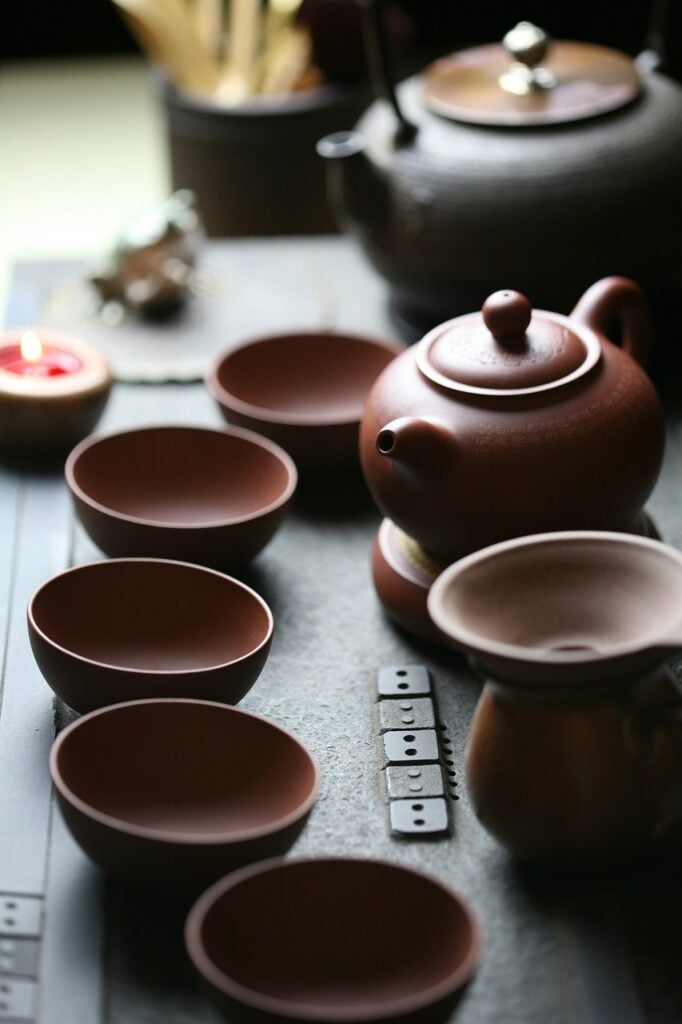
Clay teapots are much smaller than western teapots and typically used for only one kind of tea. They are not glazed, and because of this, they are extremely porous which makes them the best teapots for certain kinds of tea practices. This means that the flavor of the tea you steep will adhere and stick to the teapot, which some people desire.
In the East, it’s common to pair each small Yixing teapot with a specific tea so that those flavors develop over many years. These teapots aren’t washed with soap as this can add unwanted flavor to future batches of tea if you use more than one tea for the pot. Use your fingers and some warm water to buffer out any unwanted stains after you use your teapot and set it aside to dry.
Clay teaware can be quite pricey because these pieces may be partially hand-made or completely handmade. The porous surface changes the flavor of the water and tea which many connoisseurs of Eastern teas find delightful.
Other Materials for Teaware

Some additional materials that are commonly found in teaware are silver and bamboo which have been used for centuries as some of the best teapot materials.
Silver is used to help improve the taste of water and is even used as a coating inside some tea cups. A silver teapot heats up beautifully, but it doesn’t maintain the temperature as well as a cast iron teapot. It’s very durable, but you’ll also have to polish your silver teaware to prevent tarnishing.

Bamboo is a material commonly used as lids or accessories for teaware. This is especially true in Eastern-style tea ceremonies. Bamboo can be used as teaware lids, teaware holders, and utensils for measuring, storing, and mixing tea.
Glass Teaware - the All-Around Best Material

Yes, we are biased: we believe the best teapot for you is borosilicate glass — But, it’s not without some valid reasons.
Teabloom wants to give you cleaner and healthier teaware options — it’s been our goal since day one. Our mission is to clean up the tea industry one teacup at a time.
Our teaware is made with a superior type of glass and it may be the healthiest and most sustainable teaware on the market today. We truly believe this is the best teapot and teaware material, right now, and here’s why.
Superior Strength
Borosilicate glass is no ordinary glass. Yes, it can still break, but the breaking threshold is much higher than regular glass.
Borosilicate glass was selected by Teabloom for its exceptional durability. This is the exact same chemical-free glass used by scientists in laboratories. It’s so strong and stable that we use it to store nuclear waste!
Health-conscious Tea
As avid tea and health enthusiasts, the owners at Teabloom want better options for teaware. They want their teaware to be not only beautiful, but they want you to enjoy all the health benefits that tea has to offer with clean teaware.
3rd Party Lab Tested
The tea industry is massive and they know all too well about the toxins regularly found in ceramic, porcelain, and metallic teaware, such as cadmium and lead. Teabloom’s teaware is 3rd party lab tested and lead-free.
Microwave and Dishwasher Safe
Borosilicate glass is their favorite because it’s chemical-free and stain-resistant. It’s so easy to clean by hand or in a dishwasher, and you can even pop it in the microwave for a quick warm-up. Taking care of your borosilicate tea set is effortless compared to other types of teaware.
Extreme Hot and Cold
This material is non-porous, which means you can make a variety of different teas and drinks without the worry of flavors lingering over time. These are some of the best teapots because they’re also temperature-resistant and they can withstand extreme temperatures. You can heat your teapot directly on the stovetop or flash-chill your iced tea without cracking or shattering glass.
Modern and Classic Style
Teabloom’s extensive collection includes both traditional and modern styles that are all handmade by master artisans. The see-through material not only makes cleaning efficient and thorough but also makes for a fantastic flower show.
Blooming Flower Show
Teabloom’s blooming flower teas are a beautiful sight to see. With the best teapot and teaware from Teabloom, you can enjoy a flower show at your next tea gathering or steep your favorite rare tea for everyone to share. They’ve made teaware healthy, sustainable, and accessible for everyone.
Affordable
If better health, sustainability, and beauty weren’t enough, Teabloom’s exclusive teaware is also affordable. Owning a gorgeous tea set has never been so within reach, and their pieces are designed for effortless mixing and matching. They are also the perfect neutral backdrop for any tea party theme you decide to throw!
Explore the accessible artisanal collection from Teabloom, to elevate every teatime moment.





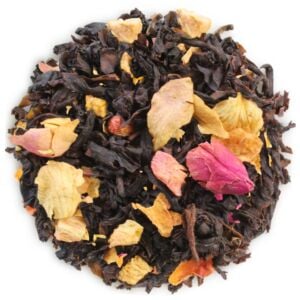





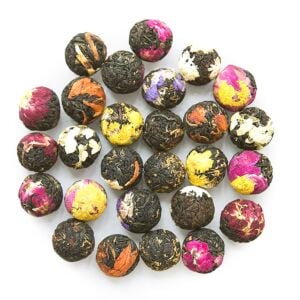


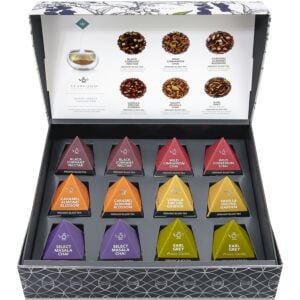
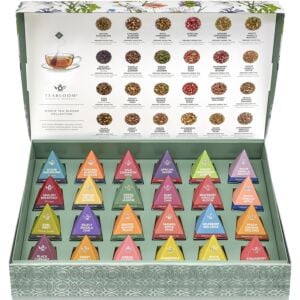













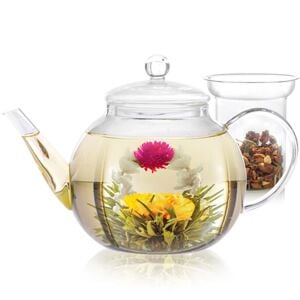


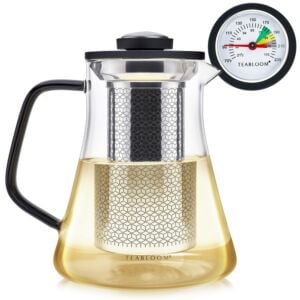
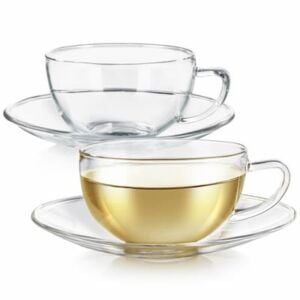


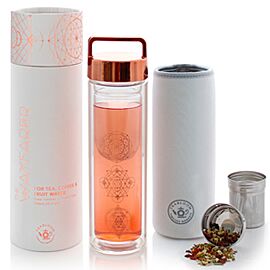










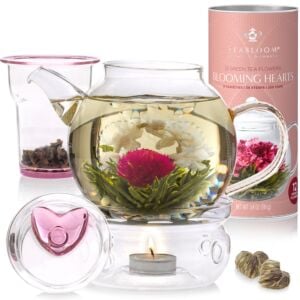





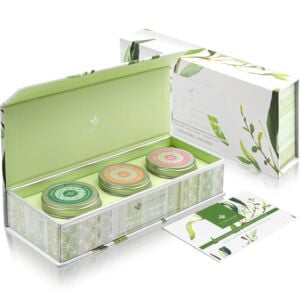



























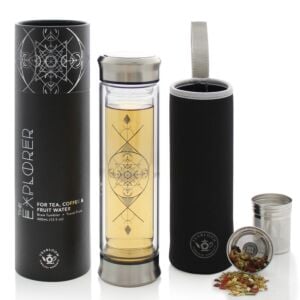








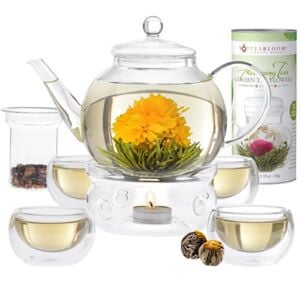

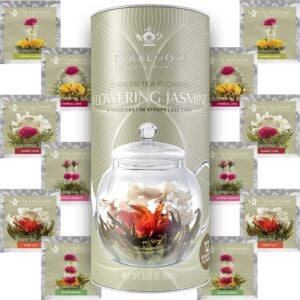








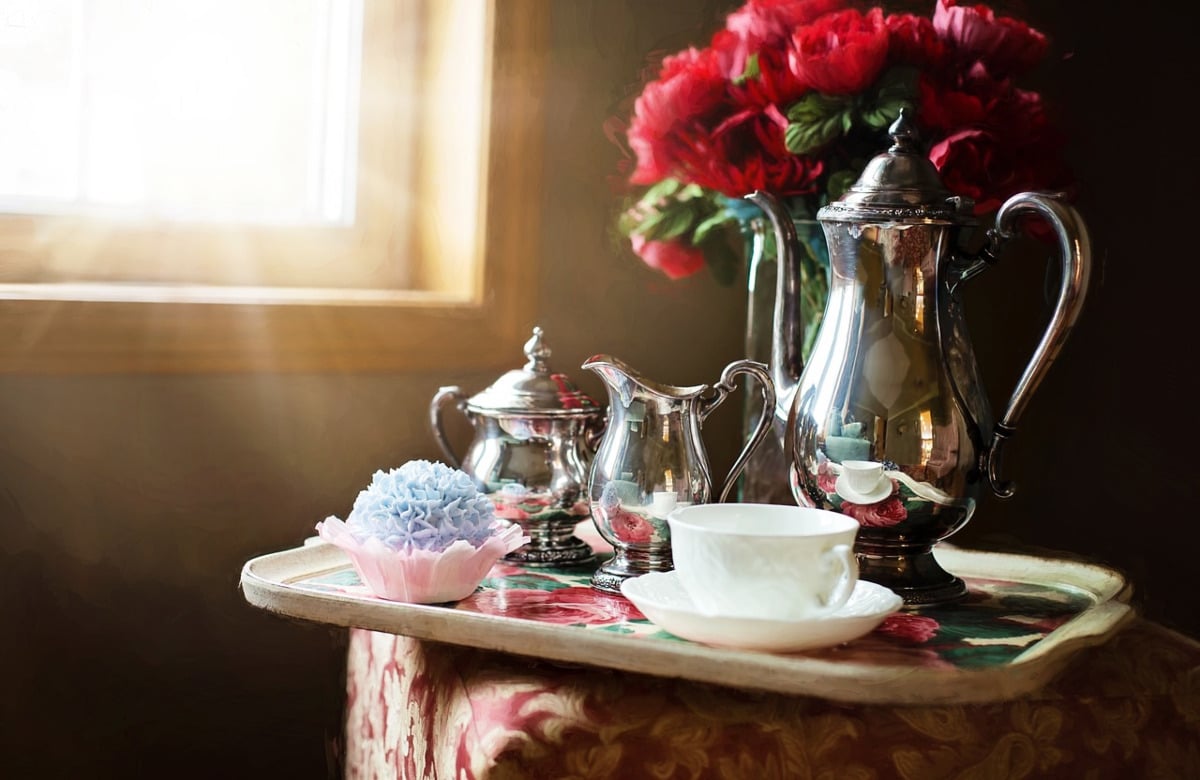



Share your thoughts